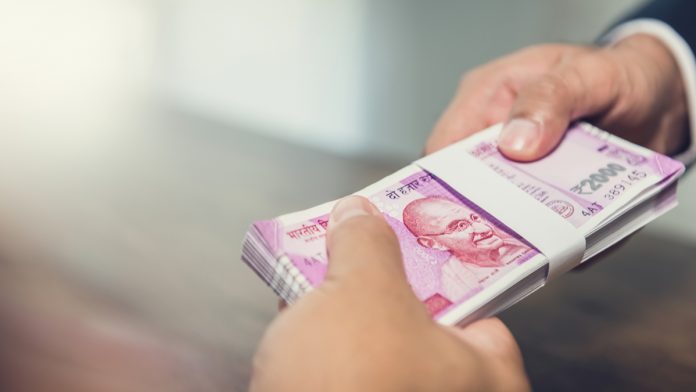- Indian Rupee (INR) rises after two days of declines
- CPI is expected to remain at 5.6% in August
- US Dollar (USD) falls on rising risks to US economic growth
- US initial jobless claims up next
The US Dollar Indian Rupee (USD/INR) exchange rate is heading southwards on Thursday snapping a three-day winning run. The pair settled +0.45% higher on Wednesday at 73.76 t. At 11:30 UTC, USD/INR trades -0.36% higher at 73.50.
Indian retail inflation is expected to hold steady in August remaining within the Reserve Bank of India’s comfort zone for a second straight month. Easing food prices are being offset by supply chain disruptions.
41 analysts polled by Reuters see consumer price inflation at 5.60%, roughly the same as in July at 5.59%. The central bank’s target range is 2-6%. Inflation has been above the medium-term average of 4% for the past two years.
Last month the central bank kept its monetary policy accommodative but cited concerns over inflationary pressures on the economy.
In a separate poll by Reuters the RBI is expected to keep its interest rate unchanged until April next year, prioritising growth over inflation.
The US Dollar is easing lower across the board. The US Dollar Index, which measures the greenback versus a basket of major currencies trades -0.17% at the time of writing at 92.54 ending a two-day winning run.
The US Dollar is edging lower despite the risk off mood in the broader market. Equities are falling lower across the globe on growth concerns, but the US Dollar in pulling in safe haven flows.
Instead, the US Dollar is moving lower on concerns over the health of the US economy and the Fed delaying any form of policy tightening amid rising covid cases. Atlanta Fed President Raphael Bostic said that its unlikely that the Fed will announce any tapering decision at This month’s FOMC meeting.
Looking ahead investors will shift their attention to initial jobless claims for further clues over the health of the US labour market. Analysts expect jobless claims to fall to a fresh post pandemic low of 335k, down from 355k.





